There's one piece of equipment that every restaurant needs: a professional blender. Whether you’re making smoothies, cocktails or whipping cream, the best one will make quick work of chopping and pureeing.
But how do you find the best commercial blender for your restaurant? There are several things you need to consider before making your purchase.
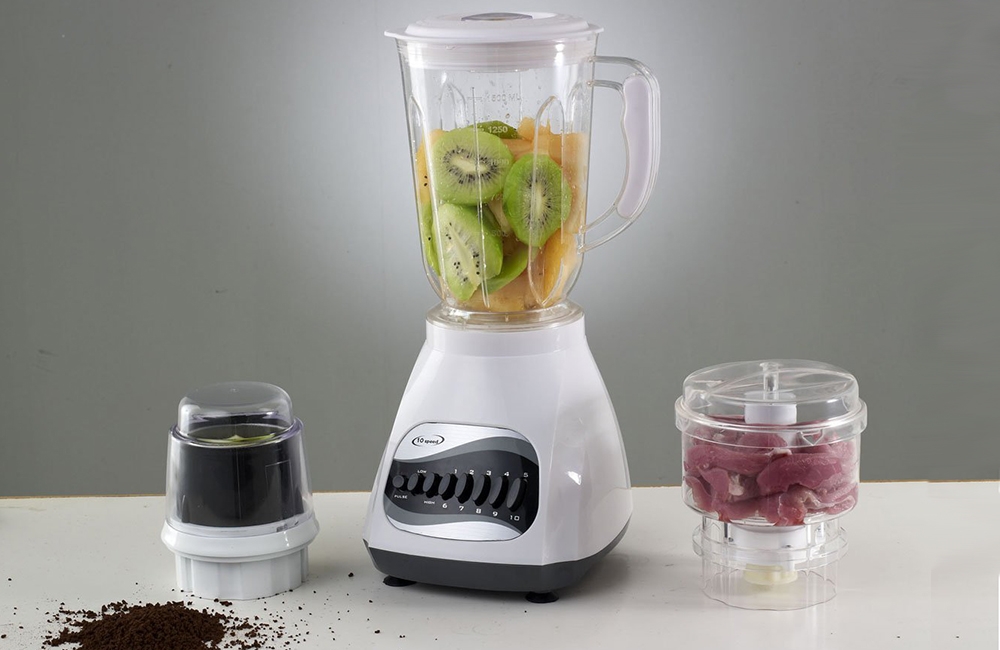
Types of Commercial Blenders
Before you start looking at features and options, it’s important to understand the types of restaurant blenders available.
Food Blender
These high-powered blenders are designed for daily use and offer continuous operation without the risk of burning out.
A food blender is ideal for preparing smoothies and milkshakes. High-powered models can even break down hard foods like carrots, chocolate chips, nuts and ice.
Bar Blender
A commercial bar blender is the perfect tool for making cocktails like daiquiris or margaritas. Both light-duty and heavy-duty models are available to meet your volume needs.
While not as robust or versatile as their food counterparts, professional bar blenders will help you get mixed drinks to your patrons more quickly and keep your bar running more smoothly.
Immersion Blender
A popular type of commercial kitchen blender that comes in a variety of sizes from 7” through 29.” These long, handheld models are jar-free and ideal for preparing mashed potatoes, whipping cream and pureed soups and sauces.
Unlike food and bar types, immersion blenders are designed for use with soft foods only.

What will you use blender for?
Now that you understand the types available, you need to consider your uses and volume. A smoothie shop will have vastly different needs than a bar and grill that serves the occasional margarita.
A few things to consider:
- What types of food are going to be used?
- Will you be preparing smoothies, or creamy soups?
- How often will it be used?
The answers to these questions will determine the type of blender you choose, and whether you need to go with a lighter-duty or heavy-duty model.
Some models also have special features, like timers and programmable controls. If you’ll be preparing the same recipes day and day out, these types of features can save you time and labor – which ultimately saves you money.
It’s important to remember that blenders can be incredibly versatile. In addition to smoothies and cocktails, these appliances can be used to puree sauces, puddings and soups. Many restaurants have both traditional and immersion models on hand to tackle any blending job that comes their way. You may have a need for both types, or you may only need a traditional blender for everyday pureeing.
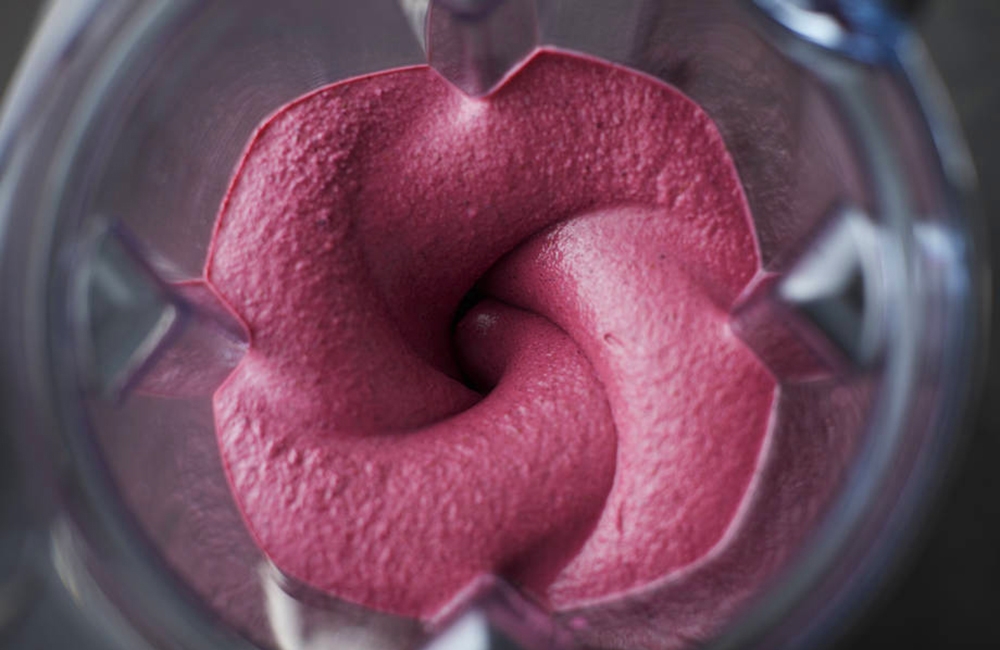
Consider Power, Capacity and Durability
Chefs agree that power, capacity and durability are the key most important things to consider when buying a restaurant blender.
High performance blenders have strong motors that can tackle just about anything you put inside. The stronger the motor, the smoother the blend.
- 1/2 HP: Best for light food preparation; up to 50 servings per day.
- 1-1 1/2 HP: Best for medium food preparation; up to 75-80 servings per day
- 2 HP: Ideal for medium to heavy food preparation; up to 100 servings per day
- 3 1/2 HP: Best for heavy food preparation; can handle 100+ servings per day
Capacity refers to the size of the jar or the length of the immersion unit. High-volume kitchens should look for high-capacity models that can prepare large batches at once. If you only plan to make one serving at a time, a small jar with a 32-44 oz. capacity should suffice and will save you money on your purchase. But you can find bar options with jar capacities up to 128 ounces and food blenders with capacities of 832 ounces.
Of course, durability is important. Look for a model that can stand up to the heavy use of a commercial kitchen. A commercial grade blender is best. Look for a solid assembly.
Look for Easy Care and Maintenance
Choose models easy to clean and manufacturers that offer maintenance, especially if you run a busy bar. It should be easy to break down, and easy to toss in the dishwasher. For immersion blenders, look for models that have a detachable bottom for easy washing.
A well-built model should have blades that last for a very long time, but they may require the occasional sharpening. Be sure that you understand how and when to sharpen the blades.
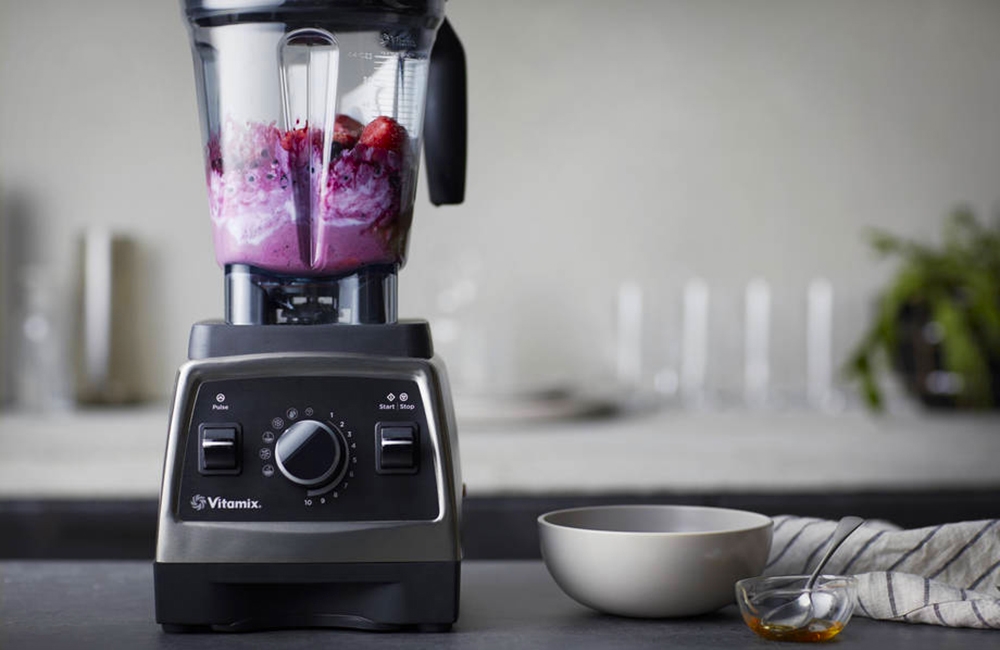
Choose the Right Jar
There are just as many different types of jars as there are blenders. Some features may be more important to you than others.
A few things you may want to consider include:
- Material: Jars come in a variety of materials ranging from polycarbonate glass and stainless steel. Depending on your usage and volume, one type of material may be better for your restaurant than others.
- Handles: Large jars typically have handles for easier lifting and carrying, but smaller-capacity jars may not have handles. This makes stacking and cleaning a breeze. If you only prepare a few servings at once, a handle-less model may be a good option for you.
- Measurement Markers: Many jars come with measurement markers for easy preparation. If you prepare the same recipes every day, these markers can save time and eliminate the need to wash an additional tool.
- Stackable: If your restaurant kitchen needs several blenders, you may consider choosing stackable jars that will save on storage space.
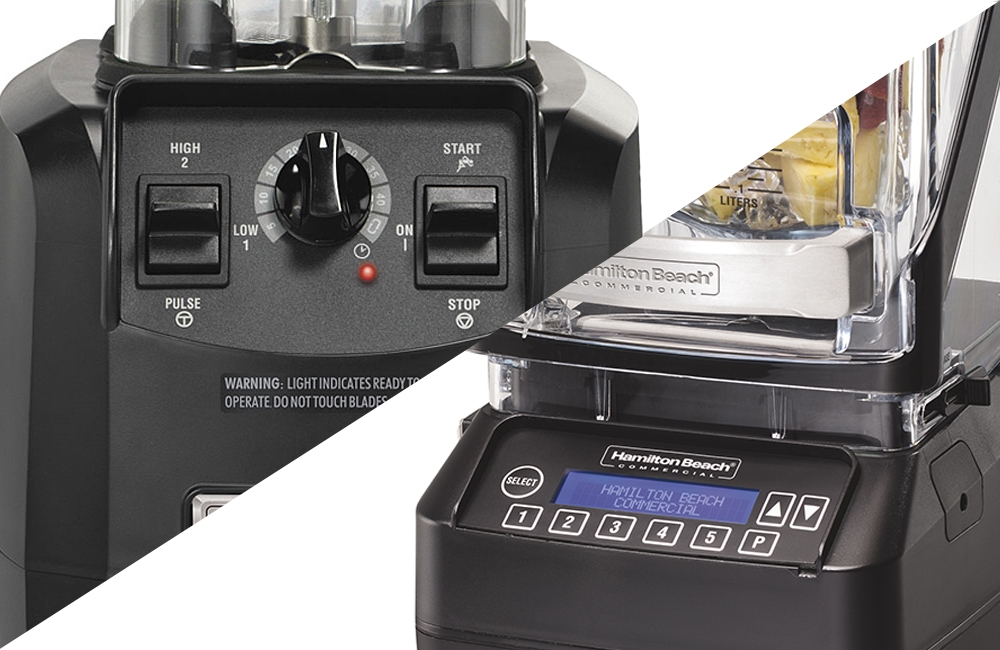
Choose the Right Type of Controls
There are several types of controls available, from programmable to electronic, paddle and toggle. Each type has its own benefits and drawbacks. Consider your restaurant’s needs and uses when choosing your controls.
- Paddle: Ideal for uses that don’t require precision control over speed and timing. Basic models are best for low-volume kitchens. These models are less expensive and easy to use.
- Programmable: Used primarily in high-volume, busy kitchens or bars that prepare the same food or beverage products. Power levels and times can be programmed for use. Recipes can also be stored with most models for more efficient use. These models come at a higher price tag, but are more efficient and will save more time.
- Electronic: Provides more control compared to paddle/toggle units. Some models have automatic timers, adjustable power levels and touchpad start/stop buttons.
The type of controls you choose will largely depend on your volume and the types of food/beverages you prepare. Busy bars and smoothie shops, for example, may be better off buying a programmable model. A restaurant that serves the occasional frozen drink may only need a paddle control blender.
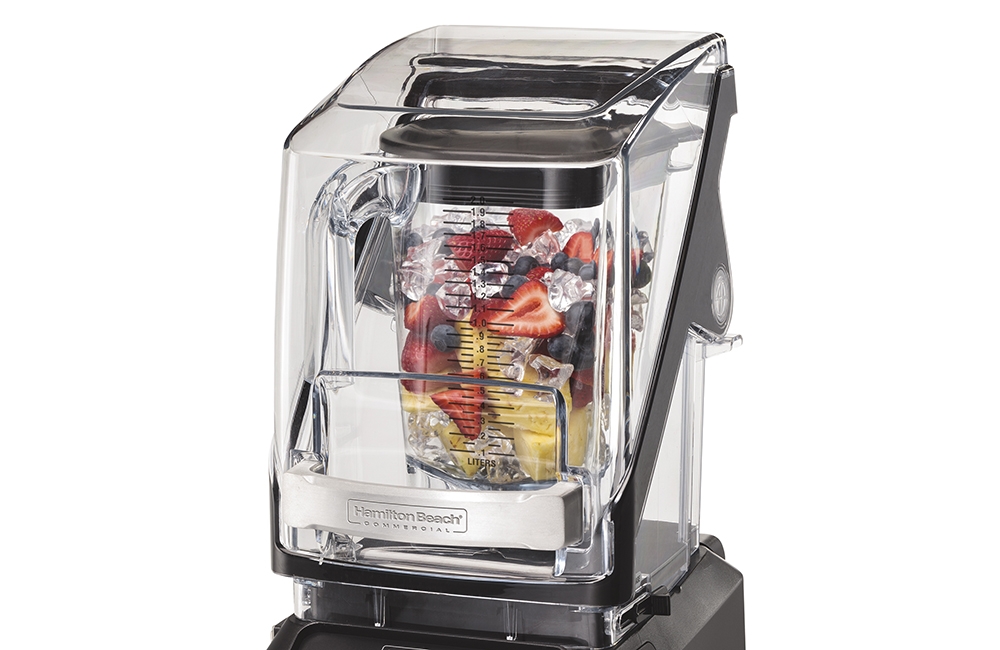
Consider the Noise Level
Depending on your restaurant’s environment, you may want to choose a blender with a sound enclosure. This polycarbonate shield surrounds the unit while it’s in use to reduce the amount of noise it produces.
A sound enclosure can obscure accessibility of the jar and the controls, but if you prefer to keep a quieter environment, this may be a feature that you prioritize.
The best blender can make your kitchen and bar more efficient. It’s important to take your time, and consider your uses and needs so that you make an informed decision.


